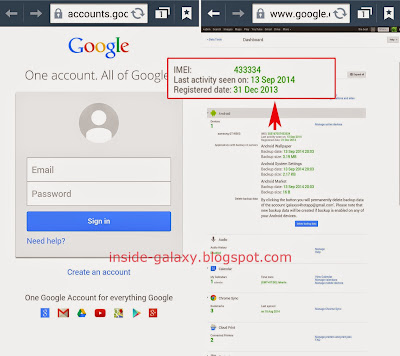How to change homepage in Internet app?
You can do so by using the following steps:
- Open Internet app.
- Tap
 or long press the Recent apps key
or long press the Recent apps key  to open up the additional options and then select Settings.
to open up the additional options and then select Settings. - Tap Set homepage and then select from the following options:
- Default page: select this option if you want to set the Samsung website as your homepage.
- Current page: select this option if you want to set the currently opened webpage as your homepage.
- Quick access: select this option if you want to set the webpages that have been added to the quick access list to be displayed as the homepage.
- Most visited: select this option if you want to set the most visited webpages to be displayed as the homepage.
- Other: select this option if you want to set other webpage as your homepage. If you select this option, you'll be asked to enter the webpage address and then tap OK button.
- Tap Done button to save the changes.
- You'll be asked whether you want the selected homepage to be shown when you open new tabs or not. If you tap Cancel button then the Internet app will use quick access as the homepage when you open new tabs, while if you tap OK button then the Internet app will use the selected homepage as the homepage when you open new tabs. FYI, this window won't appear when you select quick access as your homepage.
- The homepage has been set. Now, when you open Internet app, a new window will be opened and display the selected homepage.
As a note, the homepage you have set will be reverted back to the default when you reset the Internet app settings or when you perform clear data for this app via app info or application manager.









